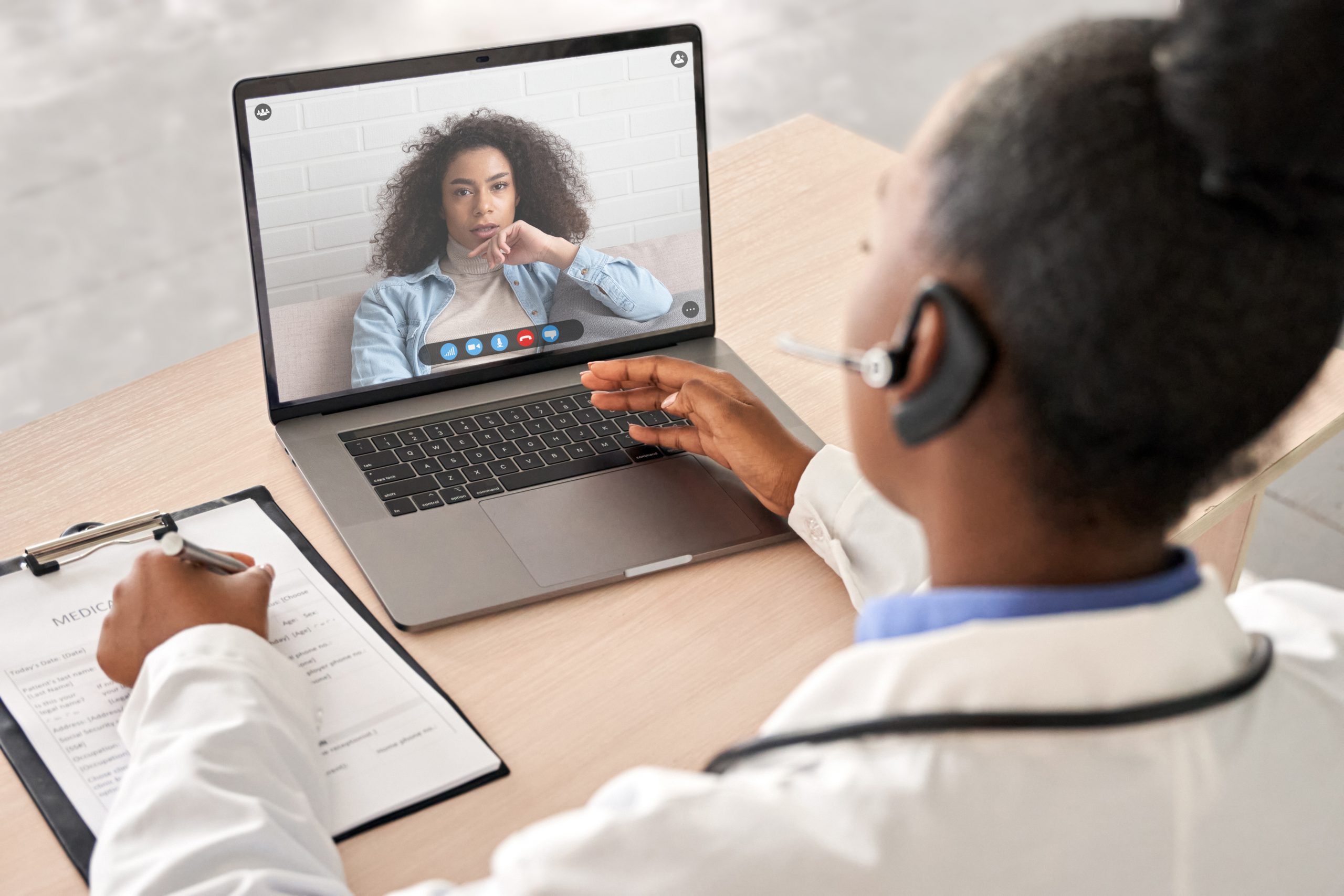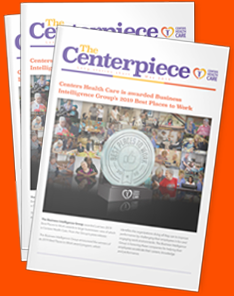While telemedicine (also referred to as virtual visits) has been around for over a decade now, the popularity of this healthcare option didn’t take off until the COVID-19 pandemic began, as millions of Americans met with their doctors either over the phone or computer in order to limit their contact with other people and places. Most of these visits take place on video, but it can be as simple as asking your doctor a question over an online patient portal.
Even though this method is becoming more popular, many have concerns or are just confused about the process. They wonder if doctors will miss anything based on seeing someone on a screen rather than in person.
In order to clear up these concerns, Cooperstown Center for Rehabilitation and Nursing has a step-by-step approach on having a successful telemedicine visit.
- Have the Right Equipment
If you’re planning a telemedicine visit that includes face-to-face interaction, you’ll want to make sure your home is properly equipped. You’ll need a solid broadband internet connection or WiFi and a smartphone, tablet, or computer that has a camera built-in.
- Check Your Insurance
Most plans cover telemedicine visits and many will even cost you less out of pocket, but you’ll want to check your plan to be sure.
- Make an Appointment
Healthcare providers generally use a patient portal that can be accessed via an app or website to make and hold virtual visits. If you don’t have access to the patient portal, call your provider to ask if they have one or how you would otherwise make a telemedicine appointment.
- Prepare for the Appointment
Your doctor will be more reliant on hearing what your symptoms are since a physical exam cannot be as effective on a screen, so write down everything you want to say to the doctor in advance so you don’t forget.
To learn more about Cooperstown Center for Rehabilitation and Nursing and all of the services they offer, visit http://cooperstown-center.facilities.centershealthcare.org/.






